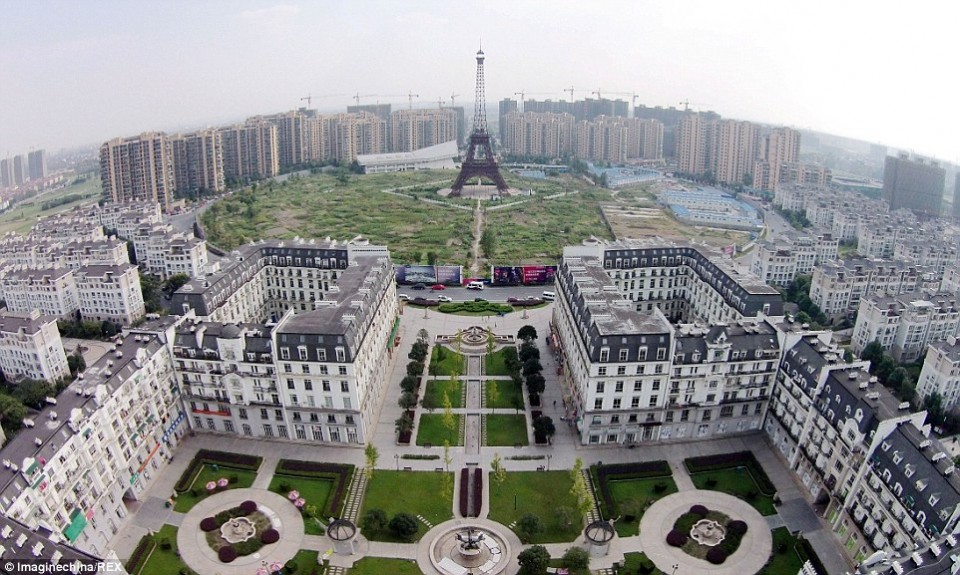
India 2020
Summary and winning projects.
COMPETITION RULES 2020 | COMPETITION TOPIC 2020 | JURY REPORT
DOCEXDOCE announced their first Indian edition on October 2nd 2020, due to COVID-19 and architecture schools being closed in India, DOCEXDOCE expanded their classic competition system from 12 to 54 hours. Giving the possibility for a limited number of teams from Europe and Latin America to participate. For the first time ever done before, the aim of this edition was to generate interaction between students in India as well as their counterparts from the other two continents.
Being held online, DOCEXDOCE introduced ‘Digital Ambassadors’. This new system challenged 12 architecture students to promote the competition online in their respective universities. These ambassadors were distributed all around India, covering prestigious national universities located in New Delhi, Bengaluru and Mumbai from many others. Even with the uncertainties of the time, DOCEXDOCE India managed to have 1048 participants registered, including international registrations from other completely different cultural backgrounds such as Italy, Argentina and Russia.
For this edition the organizers levelled up the peculiarity of the competition hidden theme by looking at ‘Duplitecture’: an intentional, functioning copy of a pre-existing, and often familiar, piece of architecture. After further investigations about this phenomena, the team selected one of the most iconic monuments in the world: the Eiffel Tower of Tianducheng, China.
Tianducheng is one of the many suburbs in China located in Hangzhou, capital of the Zhenjian Province and 2 hours away by car from Shanghai, Tianducheng is already part of the cultural heritage of early 21st century China due to its particularities as a ‘simulated heritage site’ with a Parisian looking surrounding. With a recent law that prohibits new ‘copycat architecture’, plus the negative connotation that this specific monument already has, DOCEXDOCE invited participants to reinvent new possibilities for this already decaying and fragile location. A once in a lifetime opportunity to manipulate such an iconic infrastructure to what they consider suits best for such an atypical suburb.
The jury meetings were organized in three phases from October 14th to 31st. The whole evaluation process was held online. The jurors were given a general folder with all the proposals and specific indications for each one of the phases, concluding in a virtual meeting where they all agreed on the awarded teams. The jury was composed by three talented professionals which brought their cultural understanding: Saagar Tulshan (India), Dariia Spytska (France) and Zhou Xianjun (China). Their expertise about the given theme made the internal debate exceptionally fruitful.